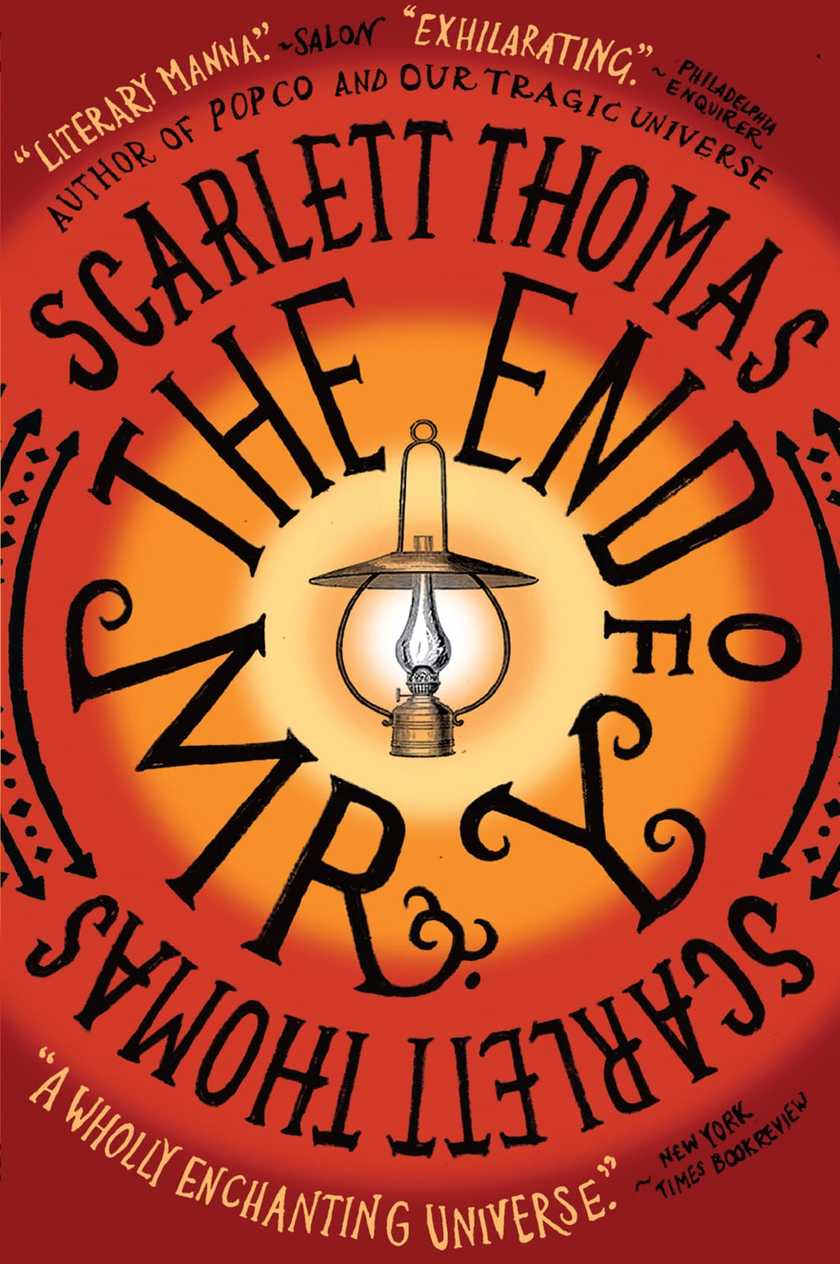Scarlett Thomas is awesome, and not just because we share a surname. I've been aware of her writing as far back as 2001, when her novel 'Bright Young Things' released. I was in high school and my friends were obsessed.
The End of Mr. Y came out in 2006 and caught me completely off-guard when I first read it. The novel begins in a reality that is all too recognisable as our own (mundane, stark, and drab), and continues right up until it leaves our reality entirely. Unsatisfied with that, the book then questions the very nature of our reality in the first place.
My favourite idea in the book was that this other reality, the 'Troposhpere', could be used as an odd pseudo interface for messing with our own reality.
Time could be rewound, immense distances could be travelled in a moment, and people's thoughts could be read, but it worked through metaphor, and emotion. Truly creative stuff.
The End of Mr. Y, by Scarlett Thomas
- Publisher: Canongate Books
- Publication Date: April 21, 2006
- ISBN: 978-1-782-11770-4
- Genre: Science-Fiction

Wikipedia Says:
The End of Mr. Y is a novel by British author Scarlett Thomas. The book tells the story of Ariel Manto, a PhD student who has been researching the 19th century writer Thomas Lumas.
She finds an extremely rare copy of Lumas' novel The End of Mr. Y in a second-hand bookshop. The book is rumoured to be cursed - everyone who has read it has died not long afterwards.
Central to Lumas' book is the "Troposphere" – a place where all consciousness is connected and you can enter other people's minds and read their thoughts. The book contains the recipe for a homeopathic formula that Lumas' hero uses to enter the Troposphere.
Manto uses the recipe to reproduce the formula and subsequently enters the Troposphere herself. She soon discovers that there are other people who know about the Troposphere, and intend to keep it a secret, even if that means killing her.
The book mentions that her surname is fictitious and based on an anagram; Ariel Manto is an anagram of I am not real.
Like Janette Turner Hospital and Andrew Crumey, the writer explores the relationships between quantum physics and post-modernist and deconstructionist theory. The description of the Troposphere has been compared to the novels of Neal Stephenson and William Gibson, and shares similarities to The Matrix.
It was long-listed for the Orange Prize for Fiction in 2008, sold 150,000 copies, and won a Nibbie award for best cover.